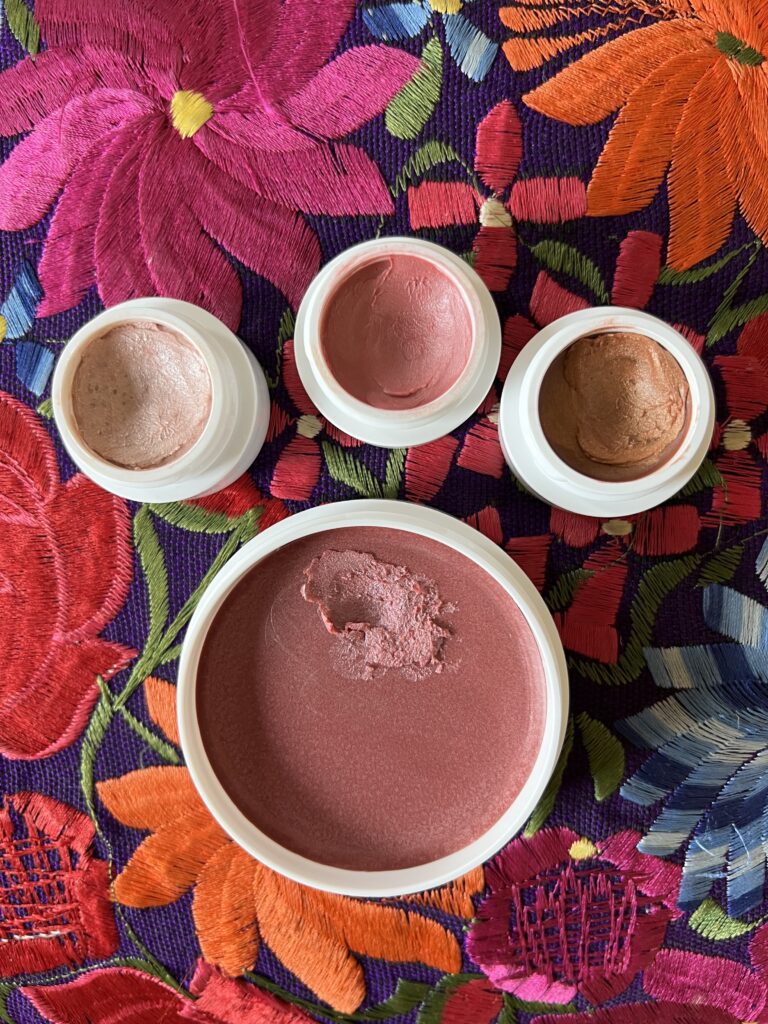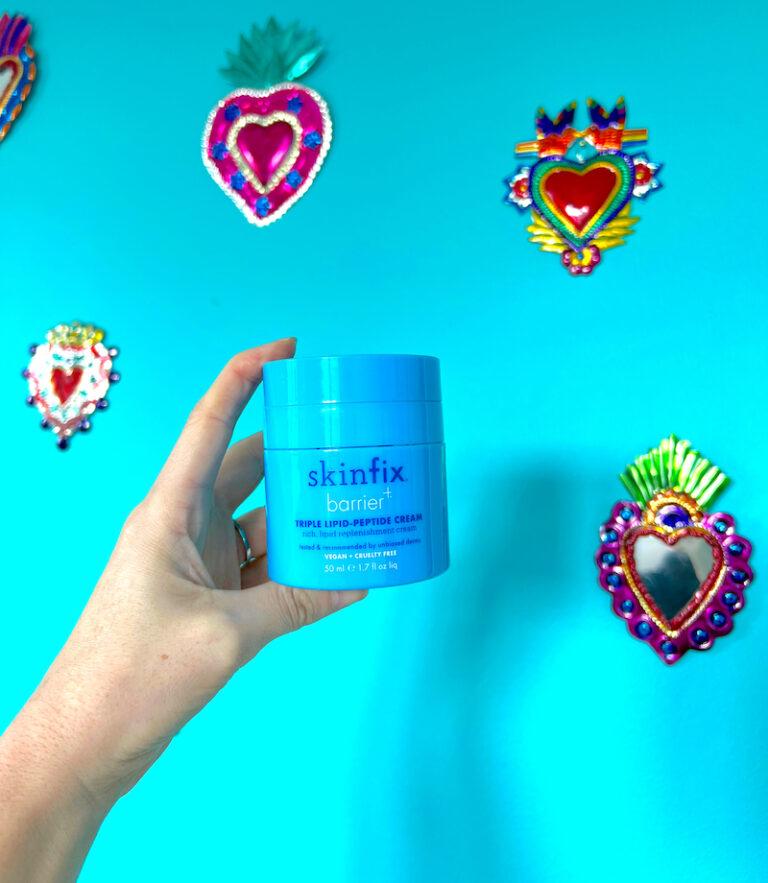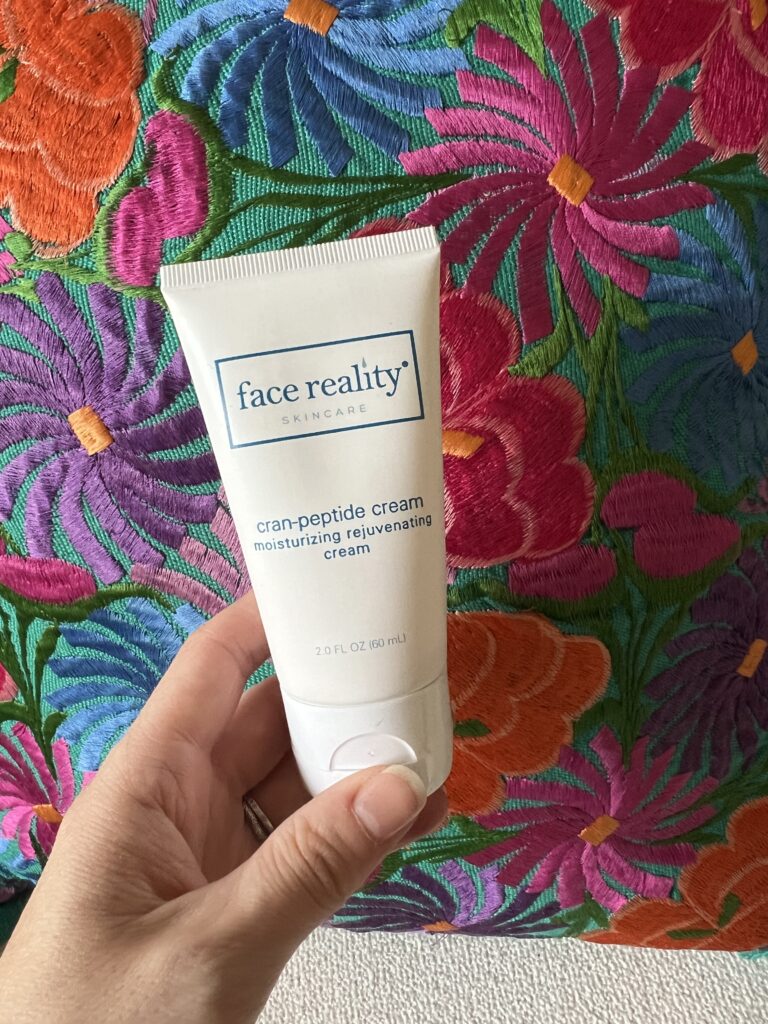How Long Does It Take Doxycycline To Work For Acne?
Luckily for folks who have acne, there’s a list of acne medications and tons of acne treatments. One of the most popular ones, for instance, is doxycycline. Because of how commonly doctors prescribe doxycycline for acne, we’re exploring what it is and answering an age-old question: How long does it take doxycycline to work for acne.
Before we do that, though, let’s chat a little about what acne is and what causes it. In simple terms, acne is a common skin condition that happens when under-the-skin hair follicles are clogged. What clogs those follicles and leads to acne, you ask? Hair, oil, acne-causing bacteria, and dead skin cells—to name just a few things.
While acne is most common during puberty and adolescence, it can absolutely still affect adults. Regardless of when you get it, though, acne is usually uncomfortable and painful. What’s worse is that it can even knock your confidence down a peg.
All of that said, there is a light at the end of the tunnel: doxycycline.
How Long Does It Take Doxycycline To Work for Acne?
Because all our bodies are so different, it makes sense that everyone has a different timeline for how long it takes doxycycline (one of many oral antibiotics) to work for acne. But more important than your skin type is why you’re taking doxycycline.
Let’s say you heard a friend talk about their journey with doxycycline. They mention noticing a difference in a couple of days. The likelihood is that they weren’t treating acne but, instead, a bacterial infection. According to healthcare company GoodRx, it can take up to 12 weeks (aka three months) to see the full benefits of doxycycline for acne, in particular.
Whether you’re getting generic doxycycline or the brand-name stuff, it’s good to know the real timeline so you don’t get your hopes up.
What Is Doxycycline?
Let’s get right to it: Doxycycline is an antibiotic that prevents bacterial growth and potentially has anti-inflammatory effects. According to The Journal of Clinical and Aesthetic Dermatology, the medication has been used for acne for about six decades.
There are two kinds of doxycycline. Those forms are doxycycline hyclate and doxycycline monohydrate, which essentially “are two different forms of the same antibiotic.” As their respective names imply, both medications contain doxycycline. Where they’re different, however, is in the salt forms.
Again in simple terms: doxycycline monohydrate is less soluble, meaning it dissolves slower in the stomach and can potentially curb gastrointestinal issues. (We get deeper into side effects in the next section, by the way!)
Regardless of which form you take, though, it’s key to note that you’ll need a prescription from your doctor to get your hands on doxycycline. Once you get it, it’s probably a good idea to know how it works for acne.
How Does Doxycycline Work for Acne?
Unlike topical treatments, doxycycline treats acne by reducing the amount of bacteria on the skin. (For the record, those treatments work by removing dead skin cells from the surface of the skin.) Additionally, doxycycline is taken orally—meaning you can’t just massage it into your skin as you would benzoyl peroxide or topical retinoids.

Oh, and remember how we mentioned that doxycycline has some anti-inflammatory perks? Those are the characteristics that help fight acne at the source. They also help reduce the appearance of acne precisely because of their anti-inflammatory properties.
One last note here. Just as you would have with other oral treatments—like birth control pills or over-the-counter medications—doxycycline has some common side effects. According to Mayo Clinic, these include diarrhea, genital itching, pain during sexual intercourse, and vaginal discharge.
For the record, if you experience any of these symptoms, you should see your physician as soon as possible.
How To Use Doxycycline for Acne
See your physician to get a prescription.
As we mentioned above, the only way to get doxycycline is to get a prescription for it. And the only way to get a prescription for doxycycline is to see your doctor. Keep in mind that doctors know best, and your physician may not offer a prescription for the acne medication unless they really feel it’s the best course of action for you.
(If that’s the case, it may be worth looking at our article that outlines the best skincare for acne-prone skin.)
Also, make sure you take it exactly as your doctor tells you to take it—no more, no less. If you take more of it, more often, or for a longer time than prescribed, it may increase your chances of experiencing side effects.
Drink plenty of fluids.
Per Mayo Clinic, it’s a good idea to drink lots of liquids in order to avoid irritation of the throat. You may specifically consider drinking milk, says the medical organization, if you find that doxycycline upsets your stomach.
Be patient.
Remember, doxycycline can take up to three months to make a noticeable difference in your acne-prone skin. A little bit of patience can go a long way.








